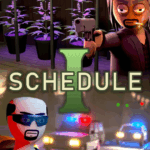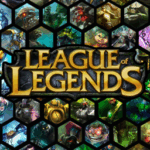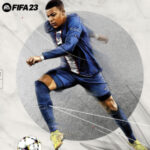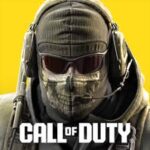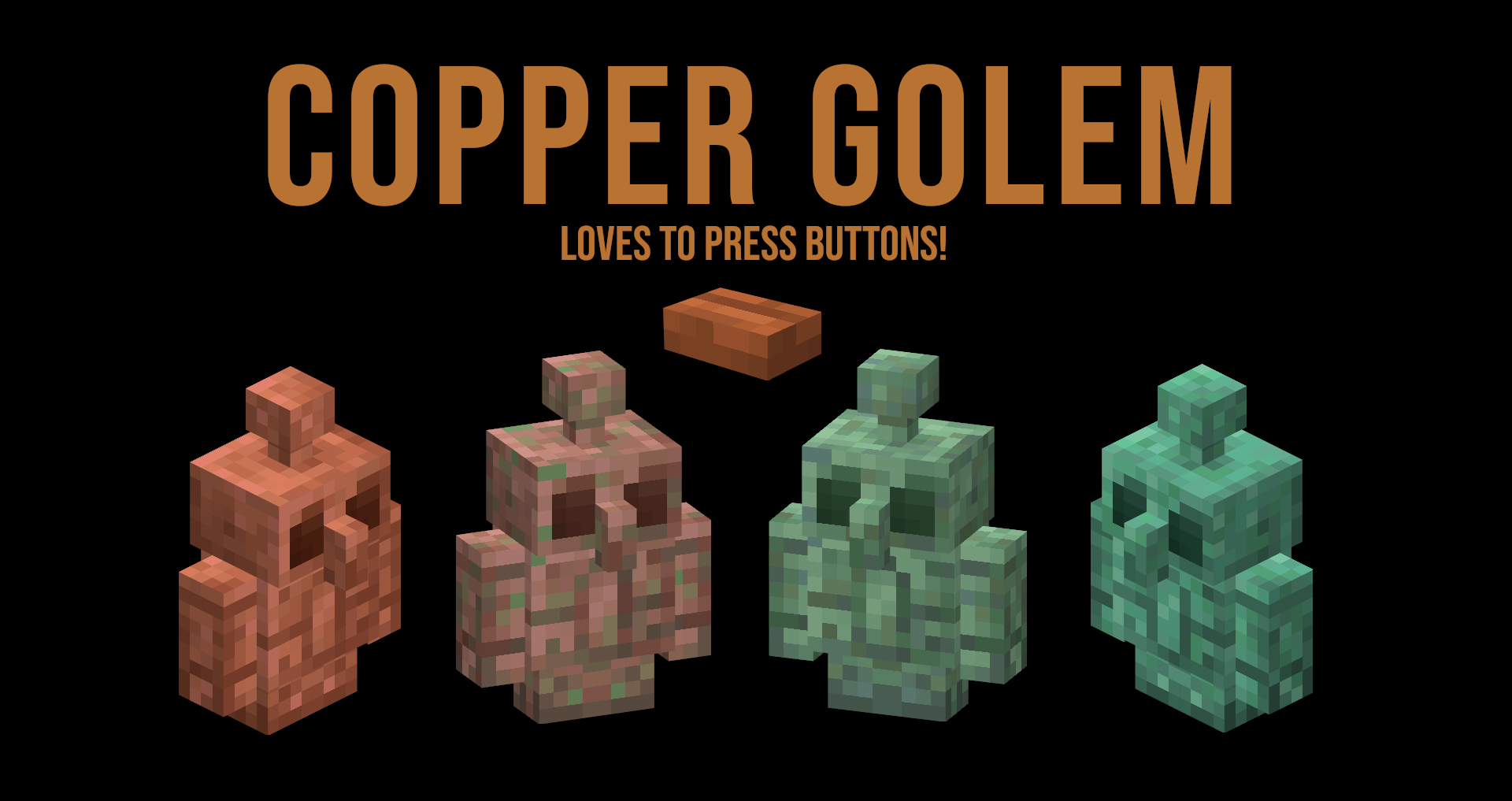Popular Now
Brawl Stars has evolved far beyond casual 3v3 skirmishes, offering players multiple competitive modes that challenge skill, strategy, and teamwork. One of the most intense and rewarding of these modes is Power League, a ranked system introduced by Supercell to bring structured competition into the Brawl Stars ecosystem. This article provides an in-depth look at Power League, exploring how it works, strategies for ranking up, map-specific tactics, brawler drafts, team coordination, and mental resilience. Whether you're stuck in Gold or grinding for Masters, this comprehensive guide will help you sharpen your competitive edge.
The Origins and Purpose of Power League
Power League was introduced in early 2021, replacing the old Power Play mode that offered limited-time ranked matches. The primary goal of Power League was to create a permanent, skill-based ranking system similar to ranked modes in games like Clash Royale or League of Legends.
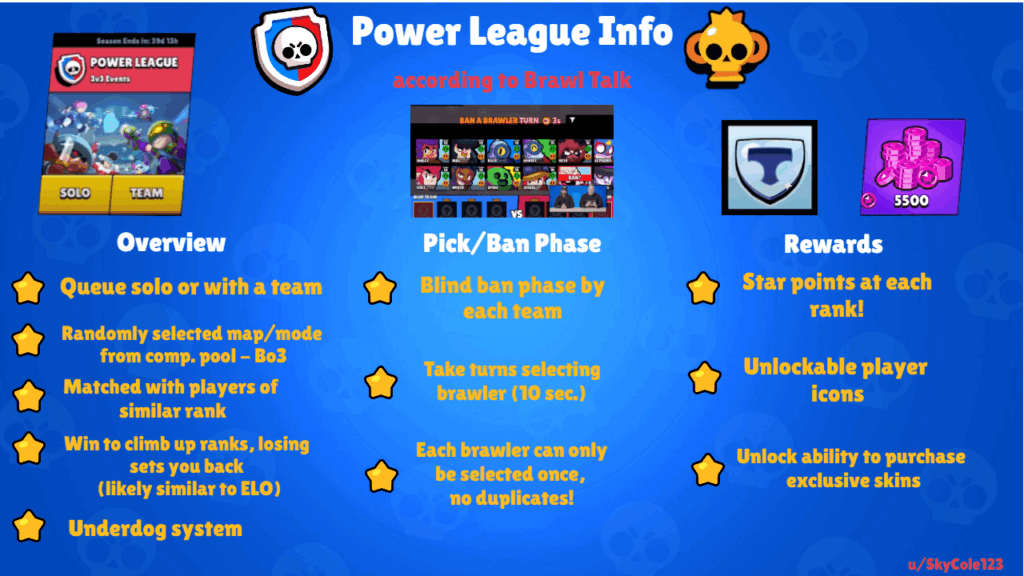
Evolution from Power Play
Power Play only allowed three matches per day and was more of a high-stakes daily event. Power League, however, removed the daily match limit, allowing players to grind ranks at their own pace while introducing divisions like Bronze, Silver, and Gold, all the way up to Masters.
The Motivation Behind Power League
Supercell wanted to give competitive players a long-term progression goal with visible rank progression. This move added longevity to the game for competitive players who desired more than just casual matches and Trophy Road grinding.
Understanding the Power League Ranking System
Power League’s ranking system is broken into distinct divisions: Bronze, Silver, Gold, Diamond, Mythic, Legendary, and Masters. Each division has three subdivisions (except Masters).
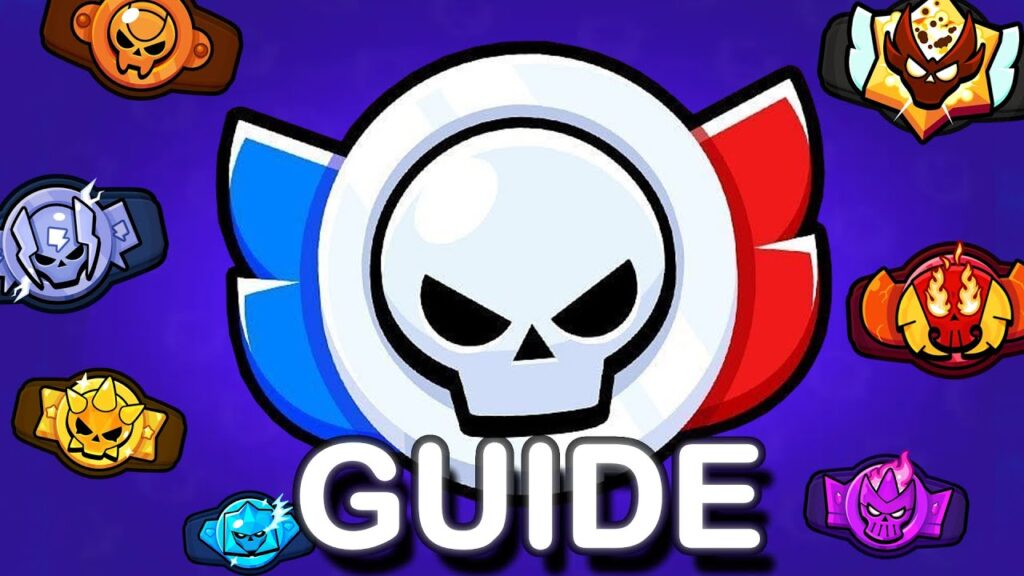
How Ranks Progress
Players must win a best-of-three series in selected game modes to climb the ladder. Losing a series results in a deduction of rank progress. The MMR (Matchmaking Rating) behind the scenes determines how much progress you gain or lose after each match.
Solo Queue vs Team Queue
Players can choose to play Solo Power League or as part of a team of three. Solo Queue tends to have more unpredictable teammates, while Team Queue allows better coordination and strategy, often resulting in higher win rates.
The Draft Phase: The Strategic Core of Power League
One of the biggest additions Power League brought was the Brawler Draft Phase, a pre-game selection process where players ban and pick Brawlers in turn.
The Ban Stage
Each team starts by banning one Brawler from the pool, preventing both teams from using it. Strategic bans target meta picks or specific Brawlers that counter your team composition.
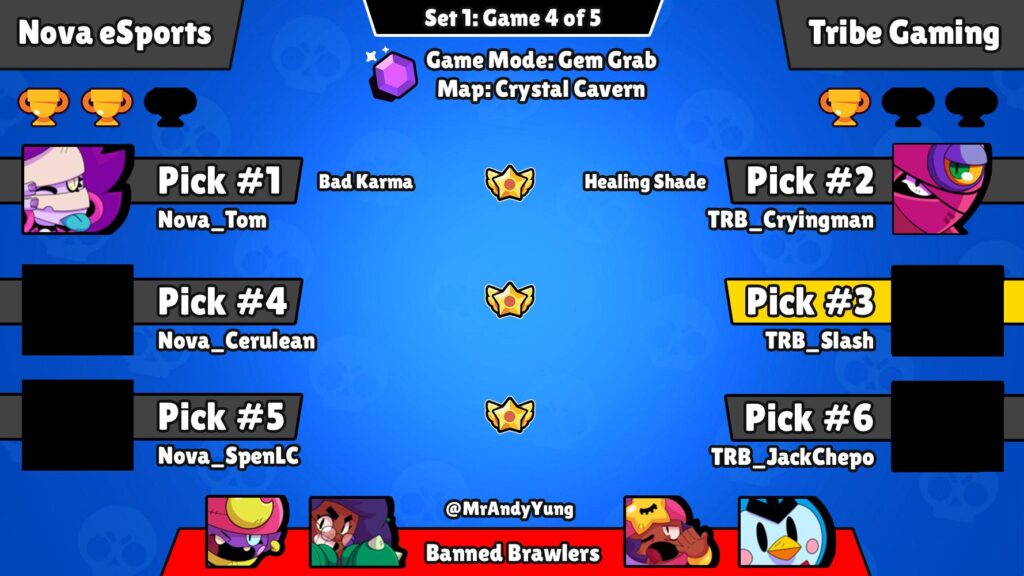
Pick Phase Order
The draft follows a 1-2-2-1 system:
-
Team A picks 1 Brawler
-
Team B picks 2 Brawlers
-
Team A picks 2 Brawlers
-
Team B picks the last Brawler
This phase demands understanding of the map, the mode, and current meta.
Mode-Specific Strategies for Power League
Each Power League match is played in a randomly selected mode, and each mode requires a unique approach.
Gem Grab
Control of the center is essential. Draft mid-lane control Brawlers like Gene or Gray, along with area control Brawlers like Pam or Sandy.
Brawl Ball
Focus on tanky, high-mobility Brawlers. Picks like Jacky, Max, and Surge excel here. A team must balance offense and defense while watching the timer.
Hot Zone
Area denial and sustain Brawlers rule Hot Zone. Sprout, Amber, and Ruffs are common choices. Coordination on when to push and hold zones is critical.
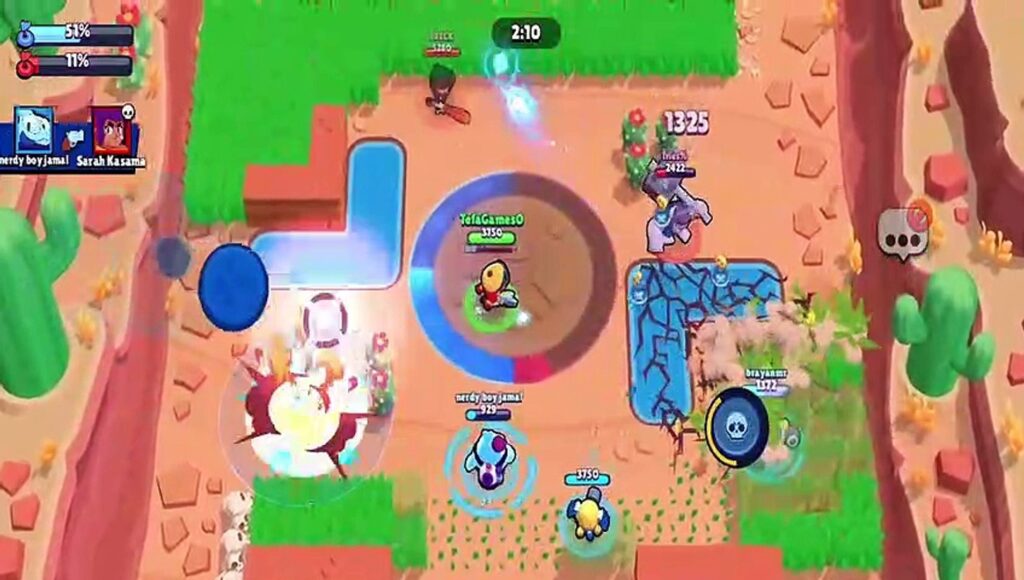
Heist
High DPS Brawlers like Colt, Brock, and Bull shine here. Focus on base rushes or controlling mid-field to prevent enemy pressure.
Map Awareness and Meta Adaptation
Each mode features a pool of rotating maps. Knowing map-specific choke points, bushes, and control areas can make or break a match.
Learning Map Geometry
Study each map’s walls, lanes, and bush placement. For example, Canal Grande in Bounty heavily favors long-range Brawlers like Piper and Belle.
Meta Brawler Shifts
With each balance update, the Power League meta changes. Stay updated with the latest patch notes and adjust your draft priorities accordingly.
Team Communication and Shot Calling
Power League rewards teams that communicate effectively.
Pre-Match Planning
Discuss strategy and brawler picks before matches. Decide who plays which role (mid, lane, support) during the draft phase.
In-Match Communication
In Team Queue, players can use voice chat tools like Discord. Callouts for enemy supers, health status, or target focus can swing close games.
Solo Queue Survival Tips
For players stuck in Solo Queue, climbing requires a mix of mechanical skill and mental toughness.
Understanding Random Teammates
Solo Queue often pairs you with unpredictable players. Adapt to their playstyle quickly, whether they’re aggressive or passive.
Carrying in Solo Queue
Choose versatile, high-impact Brawlers like Leon, Spike, or Gale who can control lanes or turn fights solo.
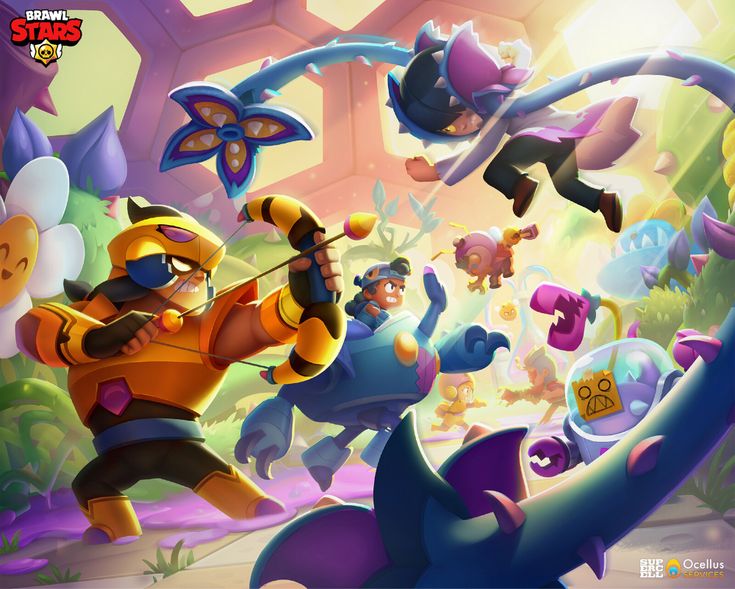
Handling Tilt and Maintaining Mental Focus
Power League grinding can be mentally exhausting. Tilted players make poor decisions, leading to losing streaks.
Recognizing Tilt
Warning signs include reckless plays, ignoring objectives, or getting into arguments with teammates. When tilt sets in, it’s best to take a break.
Resetting Mentally
Step away for 15-30 minutes, watch gameplay videos, or play a few casual matches to reset your mindset.
Optimal Brawler Picks for Climbing the Ranks
Some Brawlers consistently perform well across different maps and modes.
S-Tier All-Rounders
-
Ruffs: Versatile support with map control and buffing ability.
-
Pam: Excellent sustain and area control.
-
Belle: Strong long-range control and enemy pressure.
Situational Brawlers
-
Stu: Great for aggressive map control.
-
Gale: Zone control and knockback utility.
-
Sandy: Super provides invisible area control.
Mastering High-Level Team Compositions
Understanding synergy between Brawlers and building balanced team comps is crucial at higher ranks.
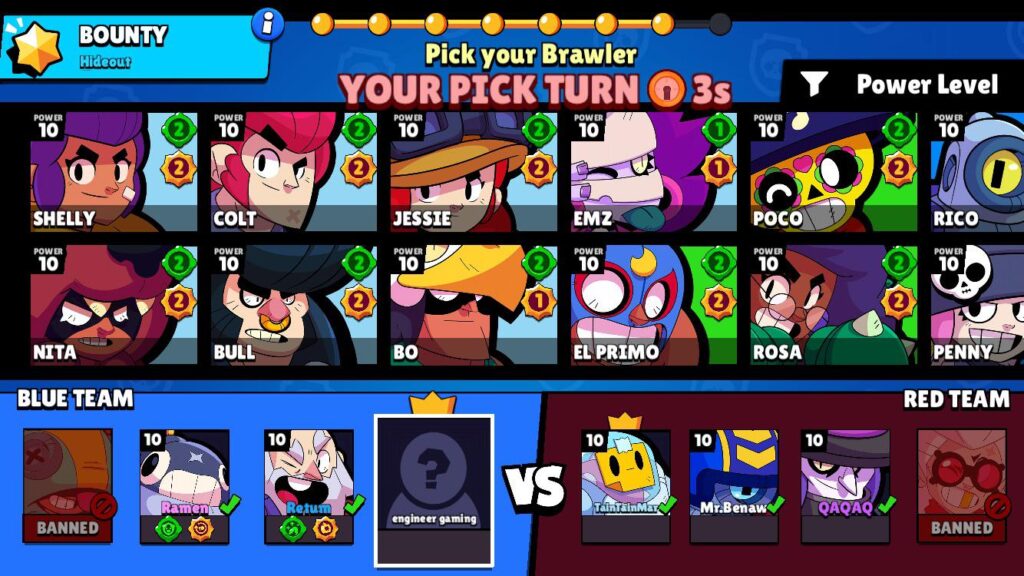
Balanced Team Roles
Aim for a mix of:
-
Lane Controller: Handles side-lanes (e.g., Spike, Bea)
-
Mid Support: Controls center area (e.g., Gene, Gray)
-
Flex / Support: Can adapt between defense and offense (e.g., Max, Sandy)
Counter-Picking
During drafts, always pick counters to enemies already selected. For example, pick Sprout to counter Bull on narrow maps.
Conclusion
Power League in Brawl Stars represents the ultimate test of a player's strategic thinking, mechanical skill, and psychological endurance. From understanding the ranking system to mastering drafts and adapting to meta shifts, players who invest time in learning Power League will find themselves becoming more versatile and competitive across all modes. Whether playing solo or with a team, the keys to climbing the ranks remain the same: smart drafting, effective communication, map awareness, and maintaining a calm, focused mindset. Dive deep into each mode, refine your draft strategies, and soon you’ll find yourself climbing toward Masters.

